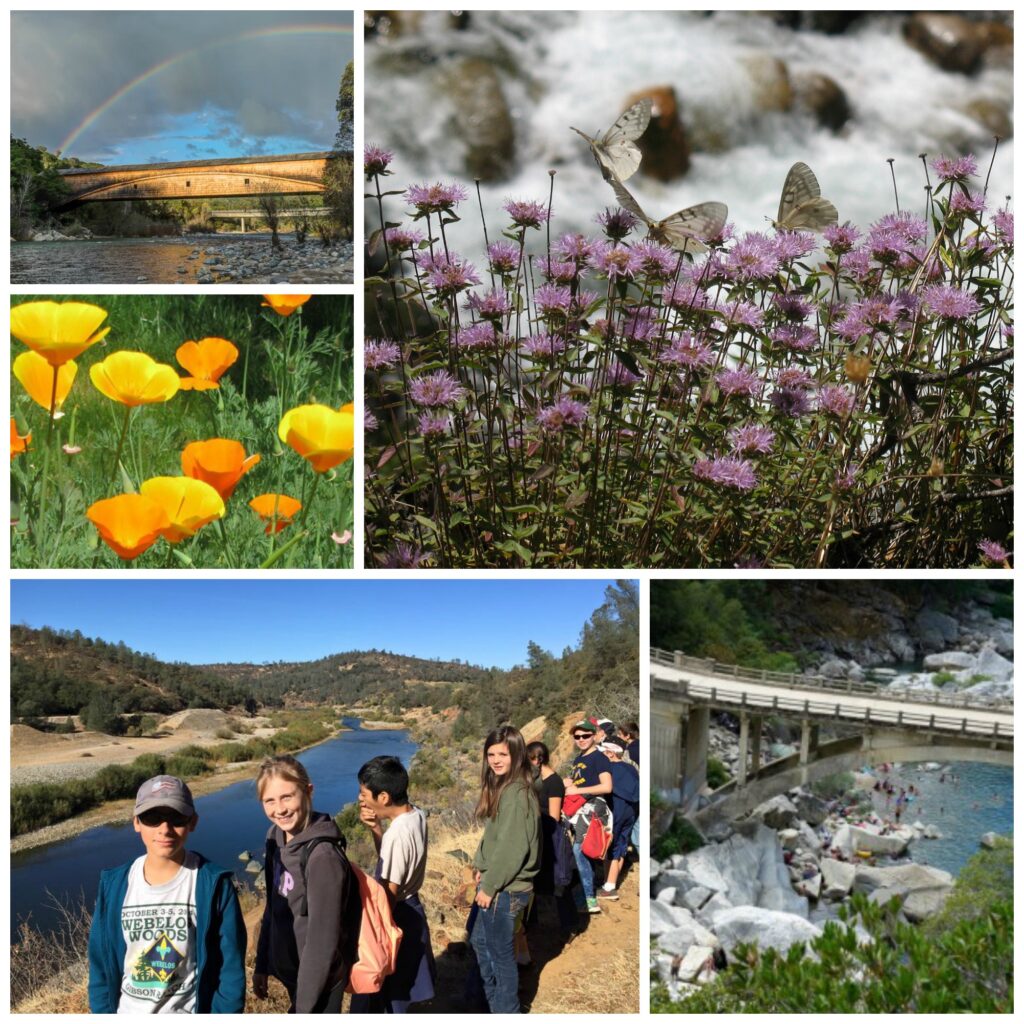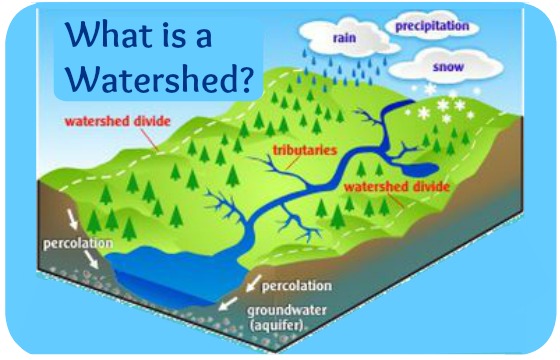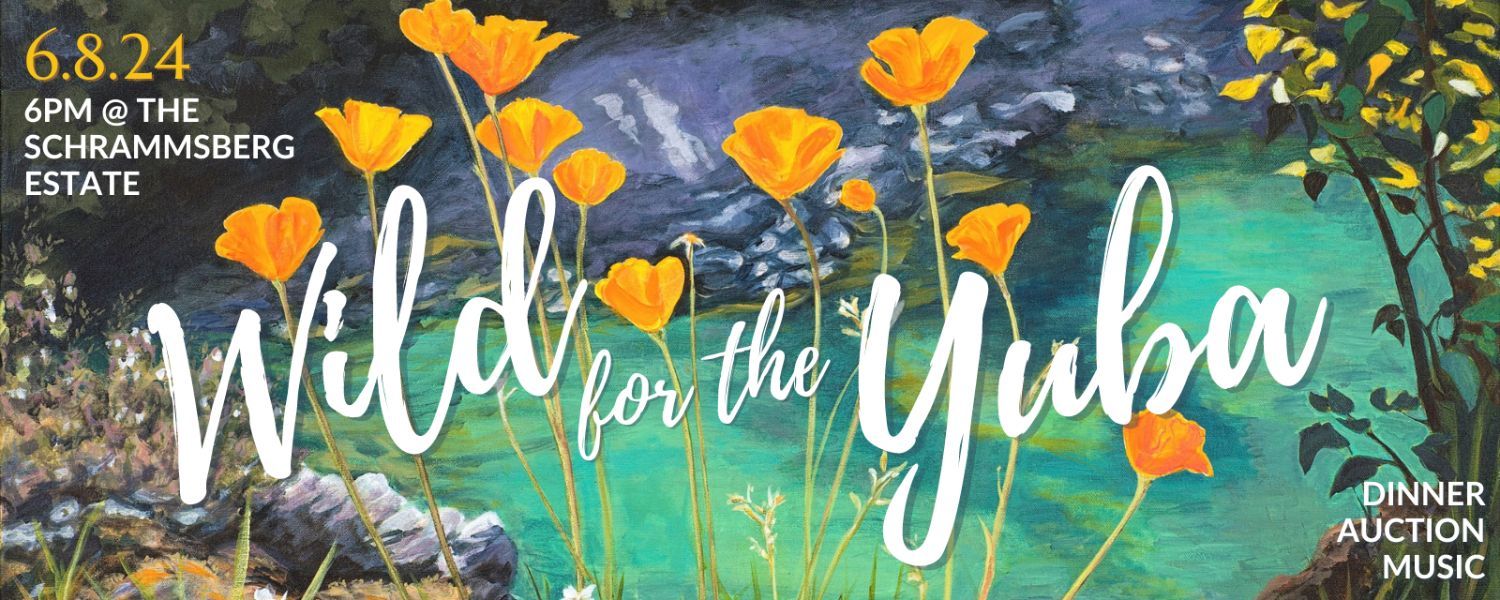SYRCL Youth: What is the Yuba Watershed?
SYRCL YOUTH
All life on our planet depends on water. Without it, we wouldn’t exist. This is why watersheds are a very important part of our environment. Watersheds are a type of ecosystem, a community where living things interact with their environment. Watersheds are unique because their boundaries are defined by the movement of water.

In a watershed all the water in lakes, streams, rivers, and even underground, flow to the same location – whether it’s a larger river, a major lake, or even the ocean! Watersheds vary in size and shape. There are over 2,267 watersheds in the entire United States!
The Yuba River watershed spans from Northern California’s Central Valley, foothills, and high country of the Sierra Nevada Mountain Range. Its main waterway is the Yuba River, which is made up of three forks, the North Yuba, the Middle Yuba, and the South Yuba. A river fork is a smaller branch of the river that eventually meets with the main river. The three forks of the Yuba begin high in the mountains, and eventually flow down to where they come together into the main Yuba River.

The entire Yuba River watershed is over 40 miles long and covers an area of 1,340 square miles! Its highest elevation point is Mount Lola at 9,148 feet. Its lowest is 60 feet where the Yuba River meets the Feather River in Marysville at the end of the watershed. Did you know the place where two rivers meet is called a confluence? Once the Yuba River joins the Feather River, the watershed ends, but the water continues its course, flowing into the larger Sacramento River before emptying into the San Francisco Bay and the Pacific Ocean.
The Yuba River watershed is a popular recreational location because of its beautiful scenery, popular swimming holes, and diverse plant and animal life. People visit the river to fish, birdwatch, take pictures and collect local fauna including blackberries and figs. Most, however, journey to the Yuba to hike along the shores, occasionally pausing for a swim. A few animals you may see include Sacramento pike minnow, bushtits, scrub jays, western towhees, owls, mule deer (also known as black tail), skunks, and coyote. An especially lucky visitor may see a black bear or mountain lion or witness spawning steelhead trout and Chinook salmon.
![]()
IMPORTANT TERMS
watershed
ecosystem
river fork
confluence
Follow-up Questions
1. Describe a watershed. Why are they important?
2. Find the total distance from the highest point of the Yuba Watershed to the lowest point.
3. What are some animals you may see at the Yuba River?
4. Describe an experience you have had at Yuba River. If you have never been to a Yuba, describe a favorite memory from another body of water. This can be a river, stream, lake, or ocean.
![]()
Youth for the Yuba Instagram Post
Post a picture of the Yuba Watershed. You may include pictures of the river, the wildlife, plant life, surrounding ecosystem, or even yourself! Tag your post #IlovetheYuba! and #syrclYouth

![]()
Did you enjoy this post?
Get new SYRCL articles delivered to your inbox by subscribing to our ENews.



